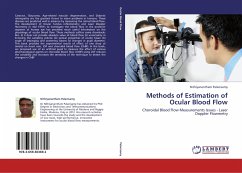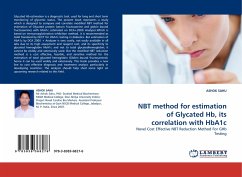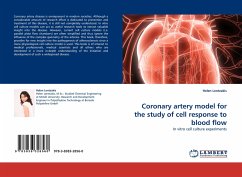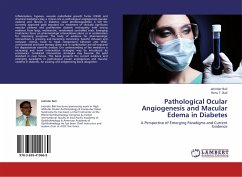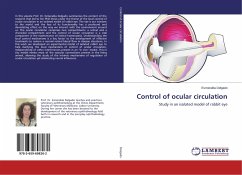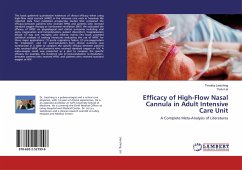Cataract, Glaucoma, Age-related macular degeneration, and Diabetic retinopathy are the greatest threat to vision problems in humans. These diseases are predicted well in advance by measuring the retinal blood flow. The development of Ocular fundus reflectometry and Laser Doppler flowmetry in mid 1970 s to investigate the blood flow in the posterior segment of human eye has provided much useful information on the physiology of ocular blood flow. These methods suffers some drawbacks like: (i) it does not provide absolute value of blood flow (ii) uncertainty in knowing the sampling volume (iii) optical properties of ocular tissue (iv) angle of impinging and scattering beams (v) changes in pupil diameter. This book provides the experimental results of effect of one drop of timolol on heart rate, IOP and choroidal blood flow (ChBF). In the book, we proposed use of an artificial pupil to measure the effect of various pharmacological agents on choroidal blood flow (ChBF) using LDF reduces the variability and increases the sensitivity of the technique to detect the changes in ChBF

